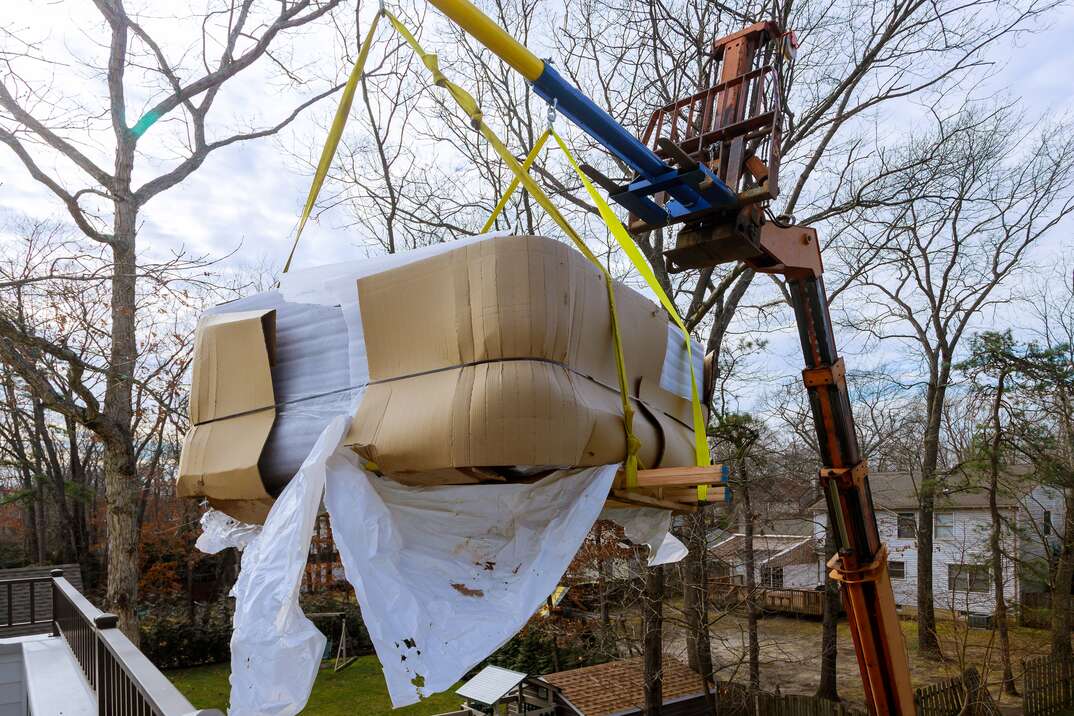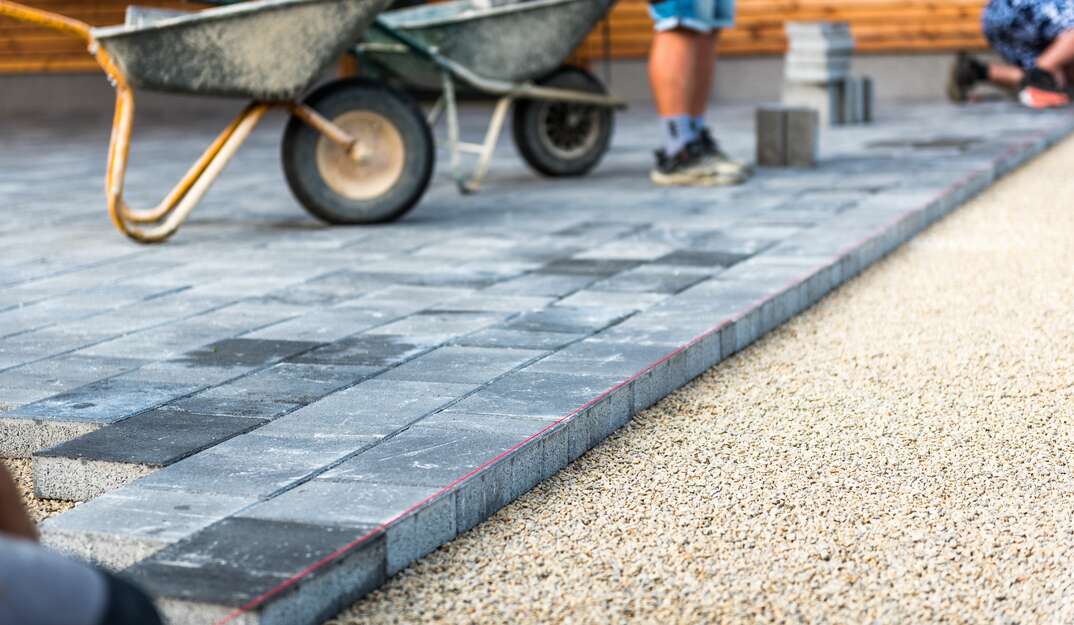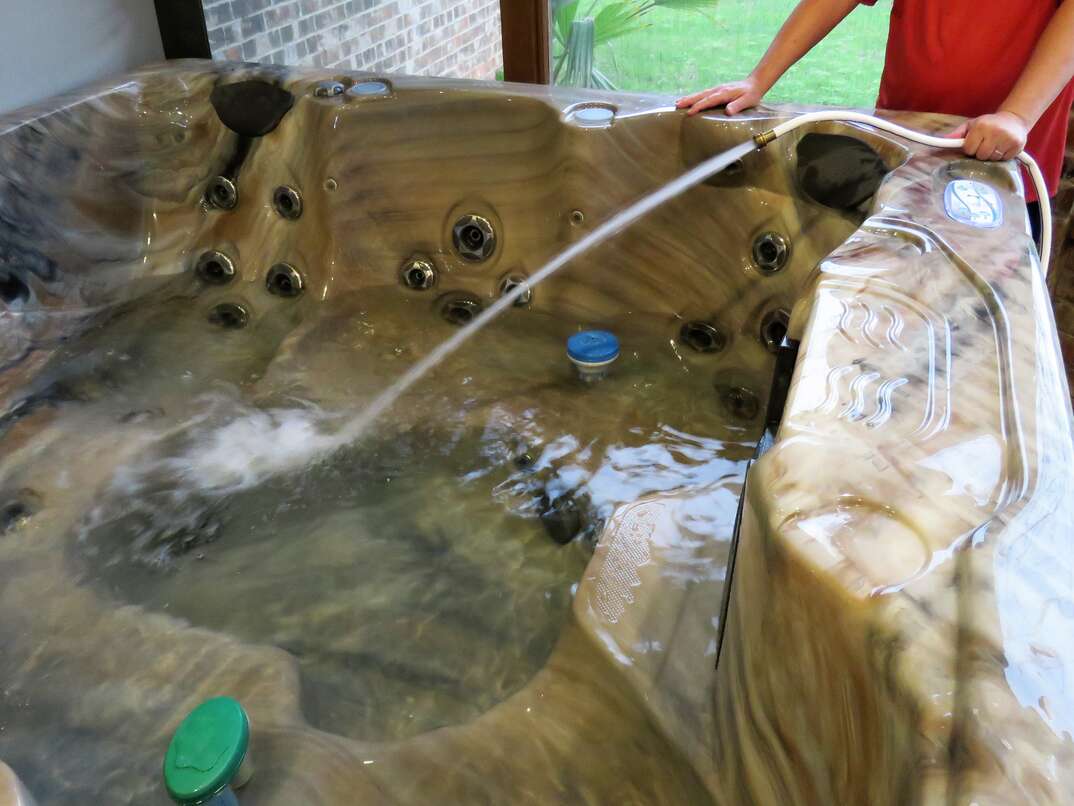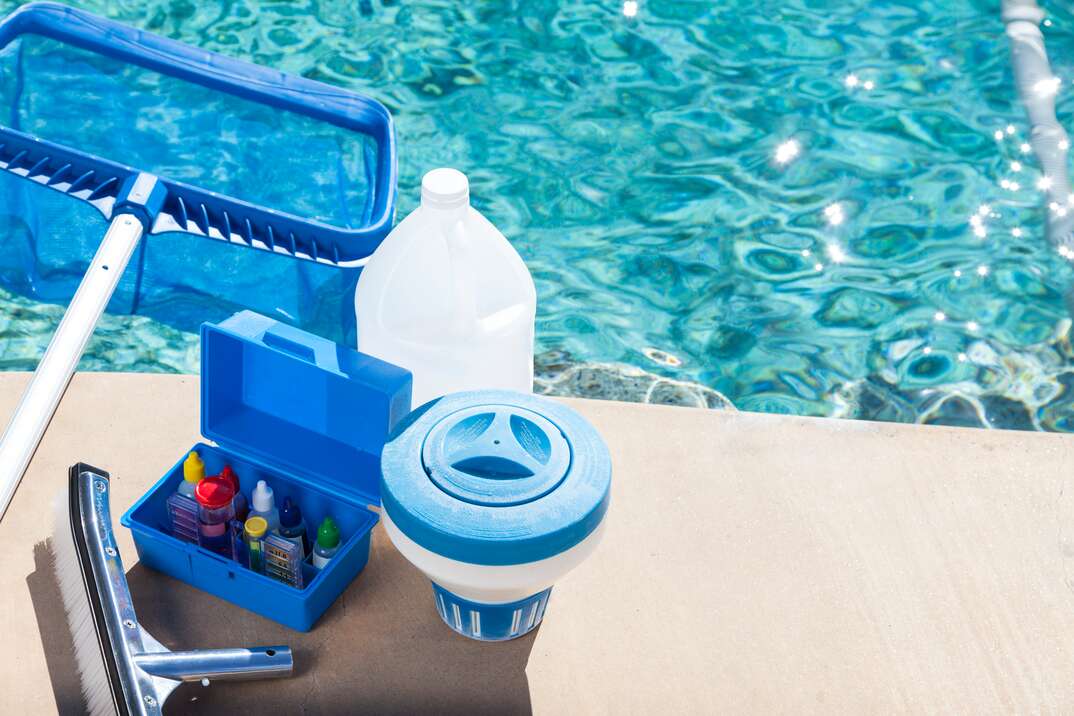How to Install a Hot Tub

Installing a Hot Tub at a Glance
- Tools and materials: Level, tape measure, garden hose, permits, a few helpers
- Step 1: Select location
- Step 2: Create foundation
- Step 3: Prepare electrical components
- Step 4: Place hot tub
- Step 5: Fill tub
- Step 6: Treat and maintain water
A backyard hot tub can be a luxurious oasis for solitary relaxation, or a lively spot for entertaining a group of friends. It’s no wonder installing a hot tub is a popular home upgrade. Plus, hot tubs come with health benefits. The hot water and jets won’t just soothe your aches and pains; they can also improve joint flexibility, reduce anxiety, ease stress and help you sleep better. What homeowner wouldn’t want one?
This May Also Interest You: How Much Does It Cost to Install a Hot Tub?
Installing a hot tub is a reasonable DIY project for homeowners who are rocking a few home improvement skills. This how-to guide can give you an idea of what’s required for installation so you can decide whether you should do it yourself or hire someone to install your hot tub for you.
What Tools Do You Need to Install a Hot Tub?
The most important “tool” needed for hot tub installation is brute strength. Gather a few buddies to help you — at least four for most tubs. Hot tubs are super heavy, so muster all the muscle power you can. You also need a bubble or laser level, tape measure and garden hose. Depending on your neighborhood association, homeowners association or other local codes, you may need a special permit to install a hot tub. Be sure to get that squared away to remain in compliance.
Installing a Hot Tub in 6 Steps
Step 1: Select a Location for Your Hot Tub
Selecting an ideal location for your hot tub is perhaps the most crucial step for the successful installation of your unit. Take a long, hard look at the area where you are considering installing your tub. Do your best to envision the hot tub installed in various spots. Think about the flow of traffic past the location, consider whether neighbors can see your hot tub (and thus, you, while you’re in it) and take into consideration any eyesores or other things that might disrupt you in your soon-to-be sanctuary.
Think about what you want from your hot tub. Will it become a quiet, private corner of the backyard where you can hop in and unwind, or do you want it to be more visible, like a centerpiece for backyard shindigs? Do you prefer to take a dip in the hot tub in the shade or in direct sun? Do you want to place it near the pool for easy back-and-forth? When selecting the best spot for your tub, also consider how far you’ll need to walk from your back door to get in the tub. Will you need to install a walkway to your hot tub?
From a purely utilitarian viewpoint, will you have ample help to move the hot tub to where you want to install it? The delivery service may simply drop it off at your home and bid you farewell, so you’ll want to be sure your ideal location is somewhere you and a few helping hands can get to without having to traverse too much of the yard.
Aesthetics aside, Mr. Electric recommends choosing a location that is firm and level. Your hot tub needs to sit on a flat area. The space should offer plenty of clearance between the tub and any sheds, outbuildings or your house. It should be sufficiently large enough so that bathers can get into and out of the tub safely and without bumping into a fence or other objects. Your hot tub’s location should also be a minimum of 10 feet from any overhead power lines and in a spot where falling tree leaves or excess rainwater won’t become issues.
Lastly, don’t forget that your hot tub requires electricity and water. It should be within close reach of a ground-fault circuit interrupter outlet and an outdoor spigot.

Step 2: Prepare Your Hot Tub’s Foundation
Because the weight of a hot tub filled with water can cause the ground to shift, it’s not recommended to install a hot tub directly on soft sand or dirt. A better option is paver stones, gravel or prefabricated pads made specifically for hot tubs. You can also go for a concrete slab or a deck — two options that will dramatically increase your hot tub installation costs but will also provide a good foundation for your tub over the long term.
Step 3: Prepare the Wiring and Electrical Components
Hot tubs can use a lot of electricity, so be sure your electrical system is up for the challenge. A hot tub’s onboard pumps and heater generally require a 220/240 volt, 50- to 60-amp circuit, though some models are plug-and-play. You’ll also need a GFCI-dedicated outlet to plug it into. Most units also require an emergency shut-off switch located a minimum of 5 feet from your tub. For this part of your hot tub installation, you should reach out to a certified electrician for assistance.
Step 4: Place Your Hot Tub Into Position
The electrician has left, and you’re ready to gather your friends to help you wrestle your hot tub into its carefully prepared destination. Properly orienting the tub at this step is crucial. Make sure that you place it in a position that makes sense for entry and that allows access to the tub’s control center and service panels. Be sure to account for space to remove and replace the hot tub’s cover and room for folks to use the steps to climb in.

Step 5: Fill Your Hot Tub
You've arrived at the fun part. Always refer to your hot tub manufacturer’s instructions when it comes to operating your hot tub. Filling up your tub generally requires you to turn off all electricity to the tub by flipping its circuit breaker. Close the tub’s drain valve, place any onboard filters according to the manufacturer’s instructions and install the tub’s skimmer. Use a mild cleaner to wipe off the exterior of the tub, then use your garden hose to add water to the tub’s fill line.
Look for any leaks while you’re filling the tub, especially in fittings located behind the panels and the tub’s equipment door. Once the tub is filled and you’re sure there are no leaks, you can flip the power back on, set the controls to your liking and get ready to add your start-up chemicals. Keep in mind that the heater on most hot tubs requires a minimum of eight hours to warm the water sufficiently.

Step 6: Treat and Maintain the Water
Hot tubs, much like swimming pools, require ongoing regular cleaning along with chemical additives to keep the water healthy for bathers. Invest in a good water testing kit for hot tubs to determine which chemicals your water lacks. Test kits show the water’s calcium hardness, alkalinity, pH and sanitizer levels so that you can easily see whether to add chlorine, bromine or other chemicals. A start-up chemical kit for opening your hot tub is included with many new hot tub purchases.
More Related Articles:
- How to Build a Patio: 9 Steps to a Backyard Paradise
- How Much Does It Cost To Build a Deck?
- Keep Your Pool Running Swimmingly With These Maintenance Tips
- How to Clean a Pool Filter
- How to Build an Above-Ground Pool
Frequently Asked Questions
Here are the answers to some common questions about hot tub installation.
How Long Do You Have to Wait to Get in a New Hot Tub?
Your hot tub needs a minimum of eight hours to get warm after you set it up. In addition, you must wait for the period required by any chemical additions or cleaning agents before getting in the tub. Refer to the instructions on these products before bathing in your hot tub.
Can I Install a Hot Tub Myself?
That depends. Sure, it's cheaper to install your hot tub yourself. But keep in mind that one of the biggest encumbrances when it comes to installing a hot tub is that it is heavy and bulky. Even when empty, a hot tub is difficult to handle. If you have a squad of friends on speed dial for help — perhaps promise them a free dip when you’re done — you may pull it off without much trouble.
You need some sharp DIY skills to prepare the foundation of the tub, too. You should be handy with a measuring tape and a level, and it helps if you already know how to install cement pavers. Since hot tubs are a pain to move, you want to be sure it’s installed correctly the first time so that you don’t have to make adjustments later. You should also be prepared to obtain the right building permits for the installation to stay compliant with any local ordinances.
That being said, it may be a better idea to just reach out for help from a hot tub installer instead of risking potential back strain. If you’re purchasing a hot tub new from a local dealer, they may offer free or discounted installation of the tub as an incentive.
Since we’re all home now more than ever, being prepared for unexpected home repairs with a plan from HomeServe is important. Having a plan in place gives you peace of mind knowing that you can simply call our 24/7 repair hotline for covered breakdowns. See what plans are available in your neighborhood.


